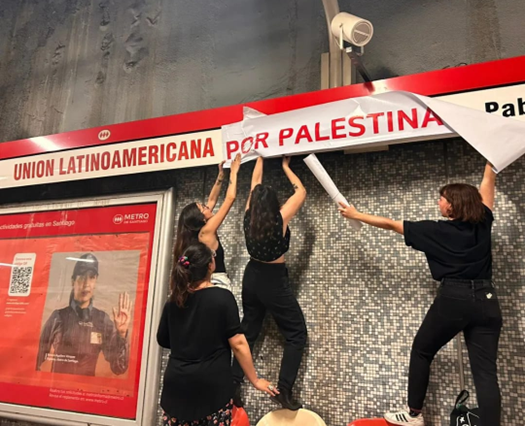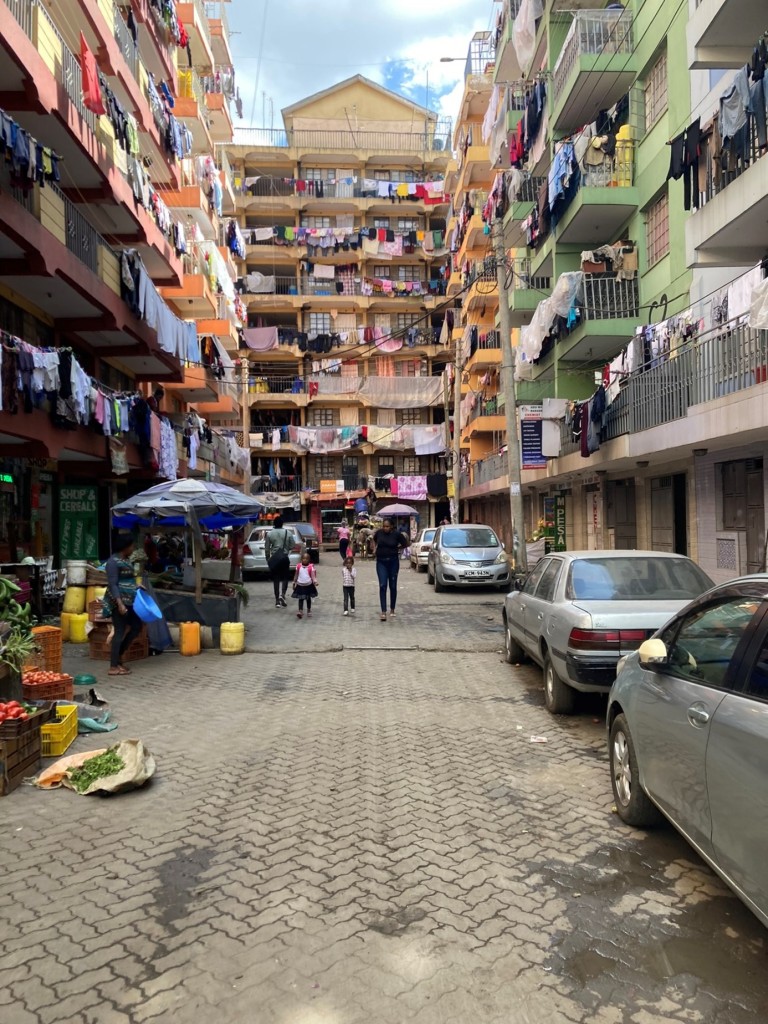What is a feminist methodology? Academicians and scholars of gender and feminist studies have focused on feminist research methodology since the introduction of gender studies as a course in universities.Feminist methodology has developed as a result of several objections towards traditional positivist research. Theory and methodology can be seen to be closely interrelated in a dialectical relationship wherein a feminist methodology can validate feminist theory and indicate the need for modifications. Many of the social sciences have theories that speak about human beings. But theory is rooted in reinforcing of experiences, perceptions, and beliefs of men. Even if women are being studied, the perspective and mode of the study have remained masculine, representing the dominant culture. As a result, research outcomes often end up justifying the status quo and the existing power relationships and myths about oppressed and other vulnerable communities. For instance, neoclassical economics has tended to reproduce gender stereotypes by portraying behavior in the marketplace (considered to be men’s domain) as guided by rational pursuit of self-interest, and behavior in the household (seen as women’s domain) to be governed by altruism.

Photo: Women in rural Assam weaving a mekhela chadar, which the women use for their own consumption but also try to sell whenever possible. There is a thin line of separation between work and leisure for most rural women.
Traditional science, moreover, maintains that the researcher and the researched are in different spaces. Positivist social science research requires the researcher to be value-free, neutral, and uninvolved, thus, maintaining a hierarchical and non-reciprocal relationship between the research subject and the research object. Maria Mies describes women researchers in such situations to be trapped in a “schizophrenic situation”, one where the researcher has to constantly repress, negate, or ignore her own experience of sexist oppression and have to maintain a so-called rational standard of the male-dominated academic world. Such an approach further hinders exploring areas like women’s perception of their own work, which have remained “hidden” due to andocentric biases. Mies’ historic work on the lace makers of Narsapur details such “hidden women” through the example of official Census data. While her estimate of women lace makers was about 100,000 in the area, these women were not recorded in the official Indian census statistics of 1971. The 1971 Census enumerated only 6449 persons as being engaged in household industry in Narsapur taluk, making the 100,000 women “invisible” despite the Census definition of the household industry covering exactly the type of work that these women did! Women workers, thus, remain invisible by official statistics by not including them as workers, even with abundant empirical evidence of their productive work. It is important to mention here that to conduct “objective” quantitative research, one does not necessarily have to be detached and unconcerned about the topic. Having a strong opinion on women’s work being hidden or invisible historically does not necessarily mean that research decisions will be any more biased thanif those opinions are not held.
Read More »





